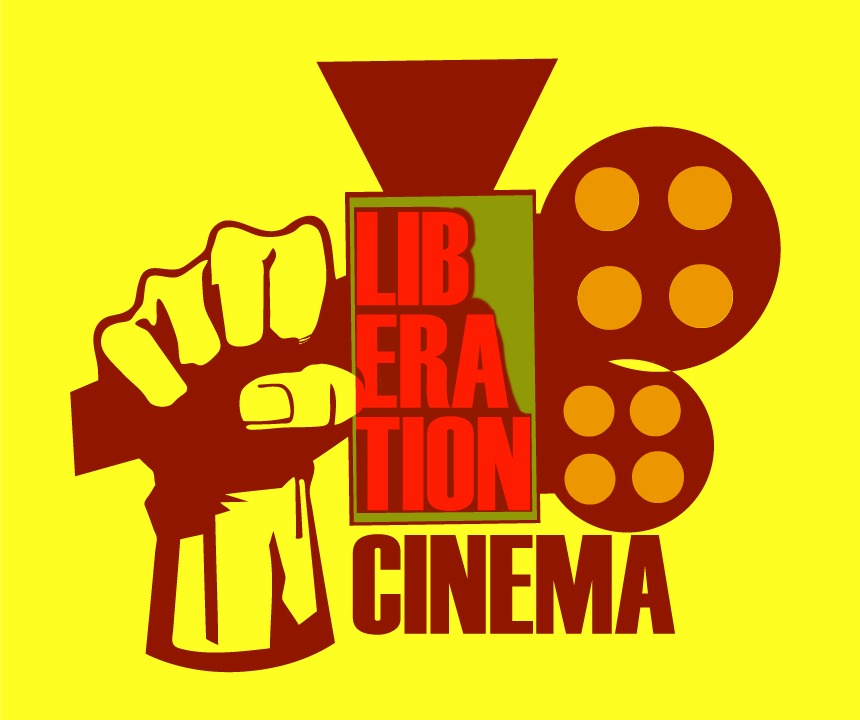Thee Empire Podcast Interview
“letting go” from Black Dot Clubhouse
Black Dot Clubhouse drops November 6

https://worldstagepress.org/product/black-dot-clubhouse-by-w-yusef-doucet-pre-order/
It is my humble honor to announce the publication of my first collection of poems. These are pieces created during my youth: the years of my undergraduate education, the years of my graduate education, the years I became a husband and a father and a teacher. Several poems have been previously published; others have been regularly included pieces in my live reading sets; most have never been published nor read in public. Poems of the body, mind, and spirit, a window into a poet’s unfolding vision, Black Dot Clubhouse is one human voice speaking to our common human experiences: the large and the small, the public and the private, the sacred and the profane. I invite you to join me in the Black Dot Clubhouse. (cover art by Madrid Rivera)
Echoes of Vincent Chen

Echoes of Vincent Chin – W. Yusef Doucet
A massacre in Atlanta, and the United States turns its media eyes on the harassment and violence visited upon Asian communities. The scope of murder in Atlanta made it impossible to continue to keep this particular expression of white nationalist violence muted in the public consciousness. Folks have organized demonstrations in cities around the country with minimal media coverage, in contrast to the coverage of the 2020 uprisings. Instead, we hear performances of anti-hate postures and statements, and I have seen a noticeable increase in Asian performers in commercial advertisements and public service media. It feels like a rather ghoulish disaster capitalism. The danger is real for Asian communities and individuals, and it is an old danger, and a danger as pervasive and long-lasting as all the other peculiarly U.S. racisms against people who are non-white.
The city and state in which I live had several eruptions of anti-Asian violence throughout their history. In Downtown Los Angeles, in a place on Los Angeles Street not far from site of the Pueblo’s founding, at a place that was called Calle de los Negros, Negro Alley, nineteen Chinese workers were murdered by a mob. This was in 1871, a period in which anti-African violence intensified throughout the country, the U.S. government waged a war of extermination against the First Nations of the West, and the epidemic of lynching spread through every region of the U.S. These routine deployments of violence and terror, as well as antagonistic actions from state agents and civil society formations, have always been about the same thing, the assertion that the United States is a white country, and the Asian body is a foreign body, a body that threatens contamination. This applies to every region of Asia.
I think about this, and I think about all the Asian people that have been part of my life. I remember Milky. I don’t remember her real name. We called her Milky, a Japanese girl, one of several in our kindergarten classroom at Thirty-Ninth Street School, now Tom Bradley Science Magnet, in Leimert Park, mostly African children, many Japanese children, and a few Mexican children, in 1967-1968. I think of William, a Chinese boy who I grew up with in our neighborhood, the neighborhood now called King Estates, on Van Ness Ave. William was just another homey in the ‘hood. As we got older, went to different high schools, we spent less time together, but we remained friendly for as long as we continued to cross paths, and until my family moved out of the neighborhood for the Athens neighborhood halfway through high school and those encounters became even more rare. I think of Bob’s Market and the Filipino family that lived across the street from my grandparents on Bonnie Brae Avenue, one of the families closest to my mother’s family on the block, the camaraderie of my mother, my aunt and my uncles with the daughters and the son, my grandparents and the parents, and the welcome and the treats that my cousin I received when we visited Bob’s Market on the corner of Bonnie Brae and Temple, Bob, the father in the family. In think of Evelyn, their youngest daughter and our first babysitter, and of how much we loved her, and when she disappeared as a babysitter from our lives while adults spoke in hushed tones about her and left our questions unanswered, and of how much my family cried at her funeral after a battle with something they called leukemia.
I think of these dear ones fondly, and so many others really, relationships that we formed before I was ten years old. This continued through junior high school and high school. Asian folks lived, schooled, and worked next to us. Asian folks shared an experience of white violence and racism, exploitation, and alienation. We identified around those experiences, those histories. Sometimes some Black kids, bullies and bangers, picked on the Asian kids. Sometimes some Asian kids, bullies and bangers, picked on Black kids. Yet mostly and every day, we all got along. We all identified with Bruce Lee. We all idolized Kareem Abdul-Jabbar. We loved that Bruce and Kareem Abdul-Jabbar were friends. Some of us even knew about Asian members of the Black Panther Party. Plus we all knew Black folks with an Asian parent.
I didn’t know any of the victims in Atlanta. I don’t know who among my Asian friends, colleagues, and students have faced recent harassment. I assume all of them have because I don’t know of a time when anti-Asian racism hasn’t been a routine aspect of life in the U.S. So militant white nationalism has muscled up in the last year, fueled by a blustering demagogue of blistering effect. Last year, these folks drove trucks into demonstrators. Deeply frightened and deeply entitled people have begun to unleash pent-up resentments that have stewed since the last quarter of the Twentieth Century, cultivated by cynical politicians and by a profitable and quite mainstream propaganda industry with religious conviction, and handed down to the generations that were to be end of racism. Still it lingers. Still it poisons. Still it kills. Still, it fills bank accounts.
I could not help but think of Vincent Chin. I didn’t know him either. But He remains a touchstone for me, this Chinese American man who two white men decided deserved execution because they would not be replaced, would not have their jobs replaced by the Japanese. In that moment, any Asian would do. They were all Japanese, and this was just another American atrocity. Vincent Chin received nothing like justice. His killers received three-years-probation and a fine for $3000 each, and eventual acquittal from federal charges. Within two years of his homicide, Ronald Reagan’s re-election campaign declared that it was “morning in America again.” It’s still morning in America, a red, hellscape morning. Black lives matter. Asian lives matter. The people remain in the street. Today, once again, people say his name, Vincent Chin. We know our departed loved ones hear us. This is something Africans and Asians share. I hear Vincent Chin, crying, and bitterly laughing, mourning in America.
Liberation Cinema! Tonight
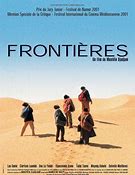
The Brothers’ Quarterly Presents:
Frontières/Borders
A film by Mostefa Djadjam
Friday, January 3, 2020
AFIBA Center
Doors Open at 6:30 PM; Program Begins at 7:00 PM
Free: donations accepted
5730 Crenshaw Blvd., Los Angeles
Off-street parking available
Liberation Cinema!
The Brothers’ Quarterly Presents:
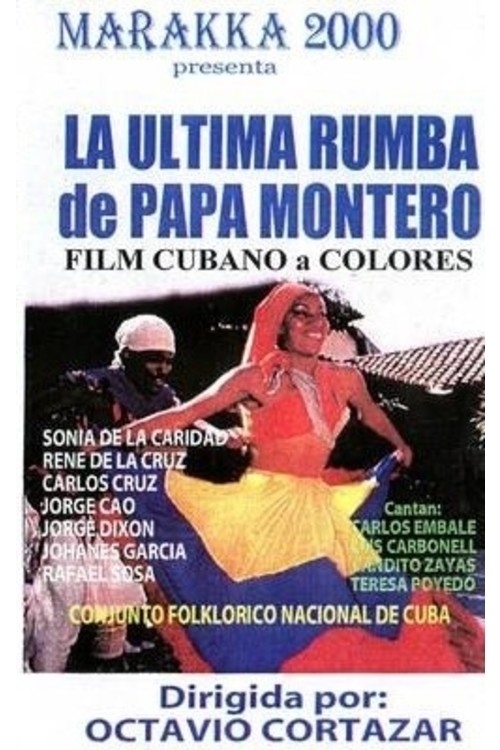
“Octavio Cortazar’s docu-drama La Ultima Rumba de Papa Montero (The Last Rumba of Papa Montero) uses rumba beats and Afro-Cuban lore to tell the story of one of Cuba’s great rumberos. As with any nation obsessed with dance, Cuba comes alive here with every stomp of the foot. Even in death, Papa Montero is resilient—buried in a local cemetery he’s now become “a dead man who won’t go to heaven.”” – Ed Gonzalez
Friday, July 5, 2019
AFIBA Center
Doors Open at 6:30 PM; program begins at 7:00 PM
Free: donations accepted
5730 Crenshaw Blvd., Los Angeles
Off-street parking available
Liberation Cinema!
The Brothers’ Quarterly presents
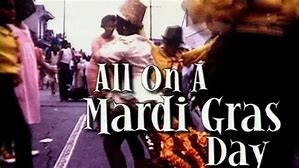
A film by Royce Osborn
Friday, March 1, 2019
AFIBA Center
Doors Open at 6:30 PM; program begins at 7:00 PM
Free: donations accepted
5730 Crenshaw Blvd., Los Angeles
Off-street parking available
brothersquartely@gmail.com
http://www.brothersquarterly.wordpress.com
Liberation Cinema!
The Brothers’ Quarterly presents:
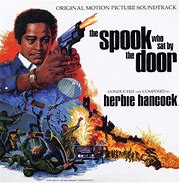
Sam Greenlee’s The Spook Who Sat by the Door
A film by Ivan Dixon
Friday, February 1, 2019
AFIBA center
Doors Open at 6:30 PM; program begins at 7:00 PM
Free: donations accepted
5730 Crenshaw Blvd., Los Angeles
Off-street parking available
brothersquartely@gmail.com
Brothers’ Quarterly Presents: Liberation Cinema!
Mama Africa: Miriam Makeba
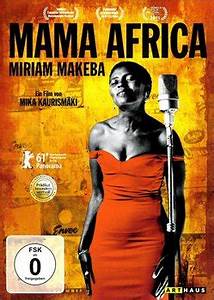
A Film by Mika KaurismÄki
Friday, August 3, 2018
Afiba center
Doors Open at 6:30 PM; program begins at 7:00 PM
Free: donations accepted
5730 Crenshaw Blvd., Los Angeles
Off-street parking available
